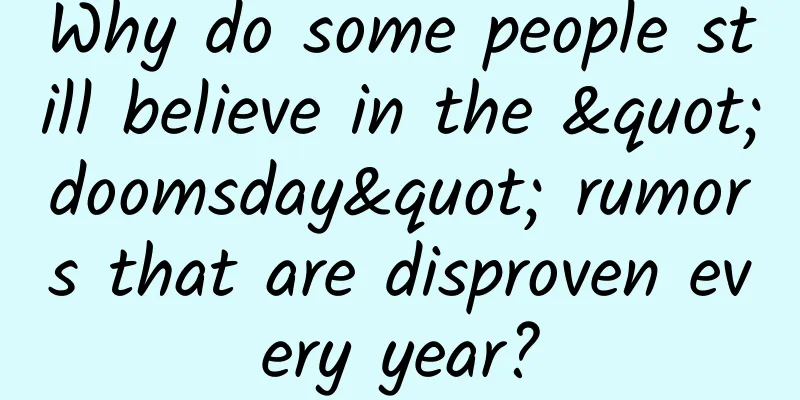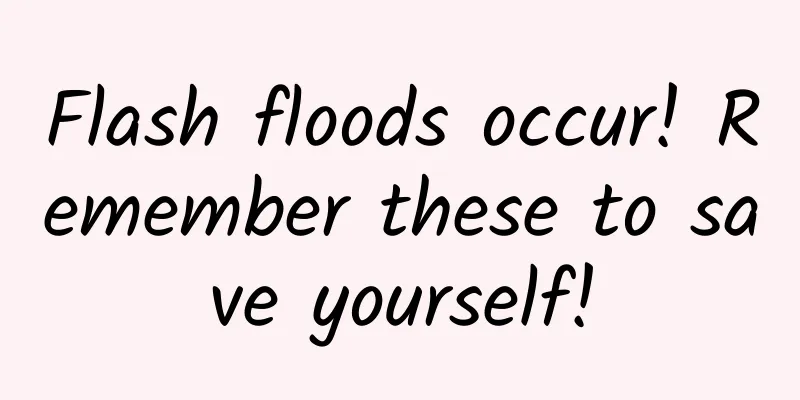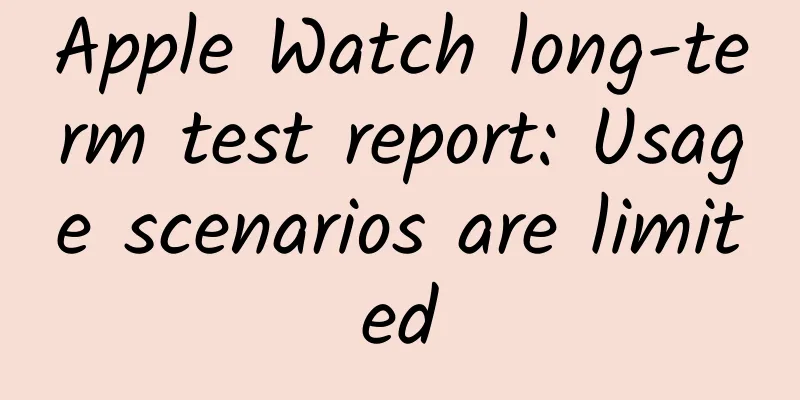Why do some people still believe in the "doomsday" rumors that are disproven every year?

|
Every year, the Internet is filled with all kinds of information about the coming of the "end of the world". Some are presented in the form of prophecy, such as Baba Vanga's prophecy and the "sincere" reminder of people in the future in 2062. Some are presented in a more direct way, such as "an unprecedented solar storm will sweep the earth and cause a devastating disaster"... Have you ever wondered why we believe these doomsday rumors? Why do some people still believe in them and even become loyal fans of them even though the doomsday theory disproves itself every year? Cognitive dissonance What makes us believe in the "end of the world"? Although there are many external reasons why people tend to believe and spread such outrageous remarks, if we trace the root cause, it is actually affected by a peculiar psychology of ours - "cognitive dissonance". American psychologist Festinger first proposed the theory of cognitive dissonance in the 1960s. Its core idea is that when people's existing cognition conflicts with another newly received information, a sense of contradiction and tension will arise, which is the beginning of cognitive dissonance. In order to reduce the negative impact of this discomfort on the mind and body, people often choose to change or distort long-formed ideas so that cognition, feelings, and actions remain consistent and thus achieve psychological balance. Here I would like to share with you a story about cognitive dissonance theory and doomsday rumors. Festinger once observed a major earthquake that occurred in India in 1934. He found that after this terrible disaster, all kinds of rumors began to spread wildly among the Indian people, especially in areas that were not affected by the disaster , such as "A bigger earthquake will happen in India", "The scope of the affected area will continue to expand", "A more serious disaster is coming", etc. You may wonder, why would these people who are far away from the disaster area, who are obviously not affected, fabricate or spread these rumors to deepen the panic and exaggerate the situation? Festinger explained that the purpose of spreading shocking statements is not to increase anxiety, but to psychologically justify the anxiety that has already occurred, thereby alleviating the discomfort caused by cognitive dissonance. People all know how terrible earthquakes are, so when earthquakes occur in other areas, even if they know that there is no scientific evidence to prove that disasters will continue to occur, they will still feel anxious and fearful about the disaster that has already occurred, fearing that the same thing will happen to themselves, which creates cognitive dissonance. When something conflicts with one's existing cognition, humans will not change their previous ideas based on scientific facts, but will choose to distort the facts to alleviate the contradictions in their ideas, just like the Indian people in the case, who began to spread and believe various rumors related to the disaster to prove that their anxiety and fear were justified and not groundless, thereby reducing the negative emotions caused by cognitive dissonance. Copyright images in the gallery. Reprinting and using them may lead to copyright disputes. In life, we tend to find reasonable explanations for every emotion and event that occurs. When we see natural disasters or man-made disasters in the world in the media or news, we will also feel anxiety and fear in our subconscious mind, and feel irritated or uneasy. If we happen to see information about the "end of the world" on the Internet at this time, its appearance will help us find a way out of uncertainty and anxiety about the future, and become a spiritual support. This is one of the reasons why we are easily convinced by doomsday talk. Obviously, we can never wait for the "end of the world" Why do people still believe it? In his 1956 book, When Prophecy Fails, Festinger and two colleagues secretly joined and observed a small UFO doomsday religious group. The core of the group believed that the world would end on December 21, 1954, and only the most devoted believers would be rescued by aliens. That night, all the believers gathered in the leader's house, closed their eyes and prayed devoutly, waiting for the destruction of the world and the survival of the aftermath. But at twelve o'clock in the morning, nothing happened, and the house was very quiet. After another ten minutes, someone finally spoke up, but just tried to explain: "Maybe the clock in the room is wrong and we should wait a little longer." After a long time, when everyone was sure that the time had passed, someone else explained: "Maybe the aliens use another time zone, we should wait a little longer." As a result, the believers waited until the morning, but the aliens still did not come. The leader of the organization said: "She felt the call and needed to go to the room to receive revelation." After coming out, she told all the believers: "Because of your devout prayers, mankind has been saved and the earth will not be destroyed." This extremely far-fetched explanation was unanimously praised by the believers present, and everyone believed that they were the savior. Copyright images in the gallery. Reprinting and using them may lead to copyright disputes. Festinger explained that the failure of "doomsday prophecies" to be expected will further increase cognitive dissonance, which will catch most believers off guard. In order to alleviate the psychological pressure and discomfort caused by cognitive dissonance, they will not hesitate to accept new information even if they know it is false. Back to life, for us, the repeated failures of facing the "end of the world" will allow our rationality to slowly take over, telling us to learn to accept and face the insecurity and pressure in real life. The so-called "end of the world" is nothing more than an excuse to escape from the current life. However, just like these "UFO doomsday believers" in the story, the failure of expectations means that we need to accept the fact that we have been deceived, continue to face pressure and uncertainty about the future, and pay a greater psychological price. In this case, emotion will once again overwhelm reason, and then start looking for the next doomsday speech that can be used to alleviate anxiety . This has led to the phenomenon that no matter how many times the "wolf" comes, many people are still intoxicated by doomsday rumors and cannot extricate themselves. References [1]Festinger, L. (1957). A Theory of cognitive dissonance. Stanford, CA: Stanford University Press. [2]Festinger, L. (1959). Some attitudinal consequences of forced decisions. Acta Psychologica, 15, 389-390. [3]Friedman RA. (2020). Why humans are vulnerable to conspiracy theories. ps.psychiatryonline.org/doi/10.1176/appi.ps.202000348 Planning and production Author: Su Yi, deputy director of the National Psychological Service Grassroots Collaboration Network Media Development Center, and a psychotherapist Reviewer: Fan Chunlei, Associate Researcher, Institute of Psychology, Chinese Academy of Sciences Wang Kui Associate Researcher, Institute of Psychology, Chinese Academy of Sciences Planning|Xu Lai Editor: Yang Yaping The cover image of this article is from the copyright library Reprinting may lead to copyright disputes |
Recommend
Xiaohongshu’s marketing mechanism for pushing popular articles!
This article analyzes the hottest articles on Xia...
10 tips to help you write a hit video title
With the advent of the video era, in order to cre...
Unique in China! Swallowtail butterfly that looks like a "big-eyed alien" when young, first appeared in Jiangxi!
In the colorful world of butterflies, there is a ...
Analysis and operational suggestions for Toutiao, Miaopai, and Meipai short video platforms
The concept of "user time" has become p...
Is this another round of mobile phone manufacturers following suit in grabbing a spot in the VR market?
Last night, Honor released the V series' firs...
A good start to the new year! my country's second Hualong One nuclear power unit is connected to the grid for power generation
Your browser does not support the video tag At 22...
Unscrupulous merchants are crying! iOS 15.2 can check the authenticity of parts
[[441793]] The official version of iOS 15.2 has b...
New home appliance subsidies will begin, and many home appliance giants are not welcoming
With the withdrawal of the "Energy-Saving Pr...
Channel operation: How to operate a product well when funds are insufficient
Insufficient funds is a common problem faced by m...
After washing your hair, is it better to let it air dry or blow dry? Most people do it wrong
After washing our hair, we often face a very diff...
The first cold wave of 2024 is about to hit, please check the disease prevention and frost prevention guidelines!
01 Rainfall continues in Jiangnan and other place...
Why did ZTE use its patent stick to target Xiaomi?
Breaking news: According to authoritative media r...
Volkswagen Group (China) presents the latest achievements of electric intelligent transformation at the 2024 World New Energy Vehicle Conference
[Beijing, September 27, 2024] Volkswagen Group (C...
iOS 18.2 update, this feature is finally back!
Early yesterday morning, Apple pushed the iOS 18....









